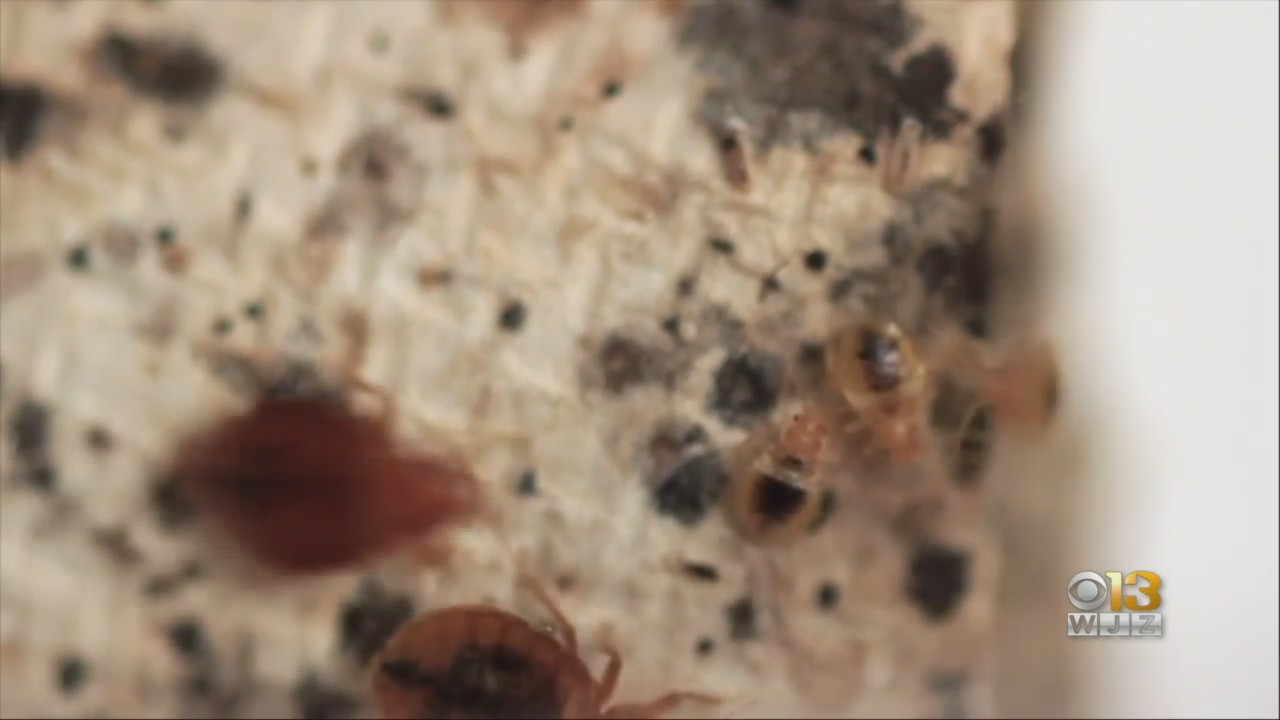New York (AFP)
Late Friday night, eight dog lovers and their pet pooches roam several dark alleys on New York’s Lower East Side on a mission: to hunt and kill as many rats as possible.
The dogs, mostly terriers, gasp and strain themselves on the leash before diving into garbage bags and seconds later showing up with a cramping rodent between their teeth.
“They’re bred for the job. They’re wired for the job. They live for the job,” said Richard Reynolds, organizer of the Ryder’s Alley Trencher-fed Society, or RATS for short.
New York’s furry rodents are notorious. Legend has it that the city has as many rats as there are people (about eight million), and public health officials regularly test new population control techniques, including dry ice in rat caves to suffocate them.
# photo1
Shortly after the coronavirus crisis began, the American Centers for Disease Control and Prevention warned of “unusual or aggressive rodent behavior” after restaurants and offices were closed and food sources were disrupted.
That didn’t deter the volunteers from RATS and their dogs. They have hunted vermin for about 30 years and have maintained their nightly encounters during the pandemic, albeit a little less regularly.
– superpowers –
Dogs with shorter legs like hunt terriers flush rodents out of piles of trash, construction debris, and bushes, while faster dogs with longer legs like Bedlingtons stand back and are ready to pounce.
# photo2
“It’s a bit like X-Men,” says Alex Middleton, a 36-year-old dog trainer. “Every dog has its own superpower.”
77-year-old Reynolds sometimes hits trash cans with a metal stick to scurry around rats, while Middleton often drops Rommel, a hunting terrier, straight into dumpsters.
“Carry on with Rommel, get it,” shouts the group as the dog whirls around in the garbage. Moments later, after several squeaking noises, Rommel appears with the rat, whose blood is dripping from his mouth, and the hunters cheer.
# photo3
The pied patters pick up the carcasses by their tails and place them in a cloth bag with a strap. Its contents are emptied and counted at the end of the night.
“The newer members carry the bag together,” said 28-year-old Sophia Pierce. “It’s hard – do you want to feel it?”
Pierce, a dog hairdresser who joined the hunt with her dachshund Lita a year ago, is unaffected by the carnage.
“You just get used to it. I think the people who just walk up to it get more squeamish than we do,” she said.
# photo4
Reynolds, a dog show judge, was at a New Jersey park in the 1990s when his pooches started killing rats during a show there. The park attendant asked if they would come back to help and RATS was born.
RATS answers calls and Facebook messages from residents with rat problems who are usually very grateful for the group’s quick and effective response.
The city government does not recommend the practice because of the risk of dogs suffering from a serious illness known as leptospirosis. But city officials don’t stop the group because the catchers don’t break their health code.
“The occasional can of beer was thrown at us for making too much noise, but we’re welcome in most places we go,” Reynolds said.
– ‘Another world’ –
Kayla Callender said she was “hyped” earlier this month when she saw the hunters in her Manhattan neighborhood near the Williamsburg Bridge.
“You certainly make a huge difference. I appreciate that,” she told AFP.
# photo5
Not everyone feels the same.
Stephanie Bell, senior director of animal rights group PETA, described the hunts as “archaic, depraved and illegal”.
But for Reynolds, death from terriers is no more cruel than death from rat poison or sticky traps.
Michael Parsons, a rat expert at Fordham University, compares hunting to “a patch for cancer”. Reducing food waste and waste is more effective in controlling the rat population, he said.
But while he said the group is not making a “bad impression” on the New York rodent population, he added that they are “contributing to the community”.
The group is sending DNA samples to researching universities and providing frozen rats for hawks to eat at a nearby bird rehabilitation center.
# photo6
The volunteers say their joy is their dogs having fun developing predatory skills.
“We control rats, but that’s not really why we’re here,” Reynolds said. “We’re here for the dogs, to work the dogs.”
Kim McCormick, a 58-year-old paramedic who takes six-hour round trips from Connecticut to attend, also enjoys the camaraderie among the owners.
“It’s a whole different world, a whole different way of meeting people. We work together and the dogs are phenomenal together,” she said.
# photo7
After three hours of stalking, 54-year-old Greg Conception sets up the night on the floor. He has a total of 26.
“We usually get around 40. It’s a bit light. We obviously come here too often,” he said.
© 2021 AFP





